How to adjust the grinding scale of Huijia bean grinder? How to determine the grinding degree of coffee grinder?
Professional coffee knowledge exchange More coffee bean information Please pay attention to coffee workshop (Weixin Official Accounts cafe_style)
Fans often ask how the grinding degree of the newly bought bean grinder is determined. It happened that today Xiaobian got a new bean grinder_Hui's ZD-10, cone cutter head. So let's see how the grinding degree of the new bean grinder is determined!
| assembly process
components
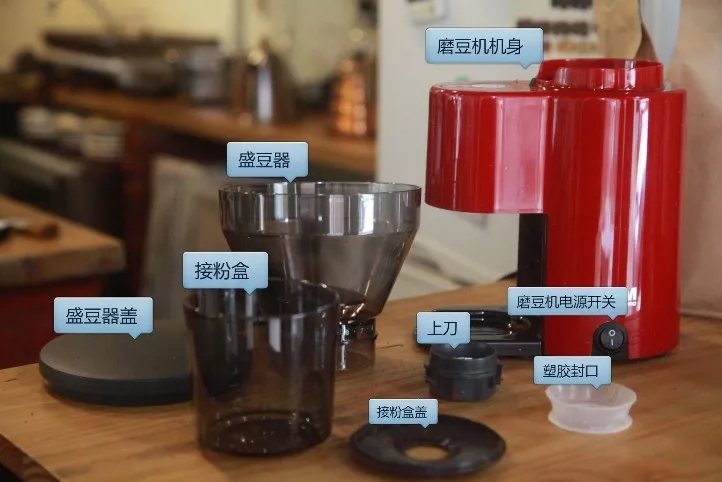
We can see the parts of this bean grinder from top to bottom are: bean holder, upper knife, plastic bean grinder body, power switch and powder receiver.
1, first ensure that the bean grinder is in a closed state;
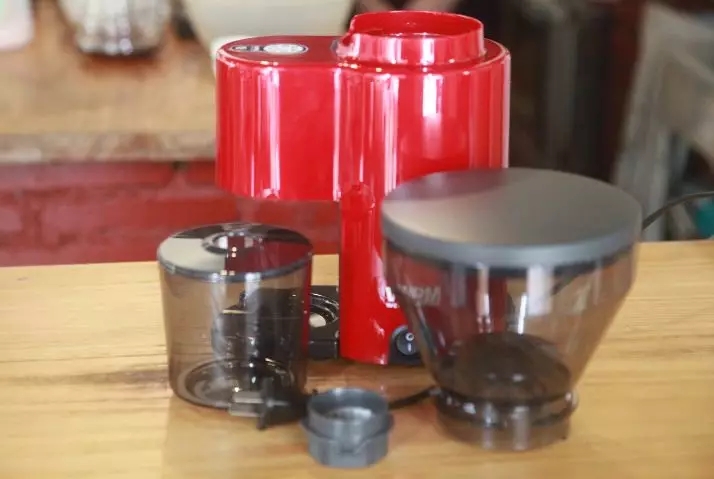
2. Put the upper knife into the plastic seal, and the wide side of the plastic seal should face upward, and then put it into the body of the bean grinder;

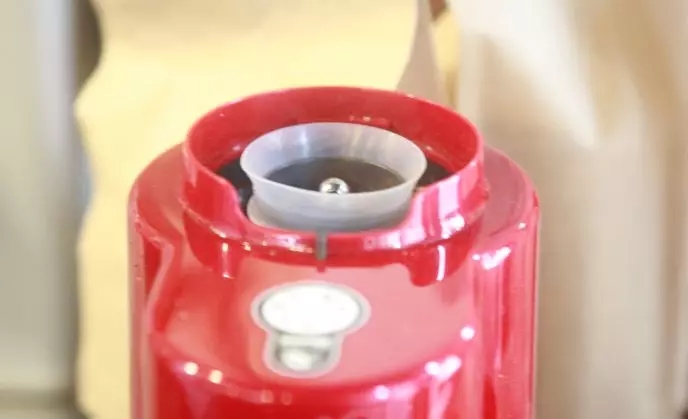
3. The arrow on the bean container is directed at the black scale pointer raised by the bean grinder body, and the bean container is inserted into the bean grinder body;
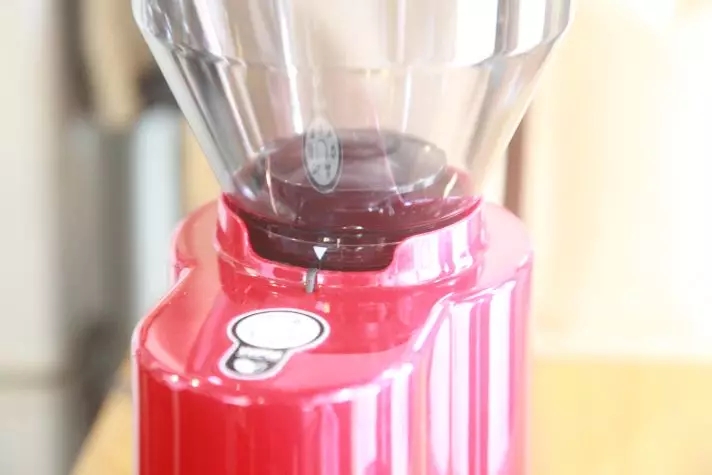
4. Put the powder receiver into the groove below the bean grinder body to receive powder;
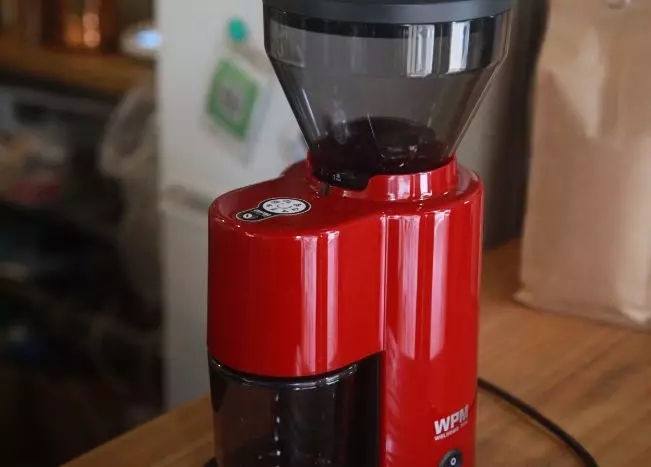
5, twist the bean holder can adjust the corresponding grinding degree!
| determining grinding
We usually use the bean grinder is Forte-BG, commonly used grinding degree is 5R, China standard 20 sieve pass rate is 58%. Because there are differences between bean grinders, Xiaobian can only do his best to adjust them to be close to the same.
We first tested the pass rates for the coarsest and finest abrasions:
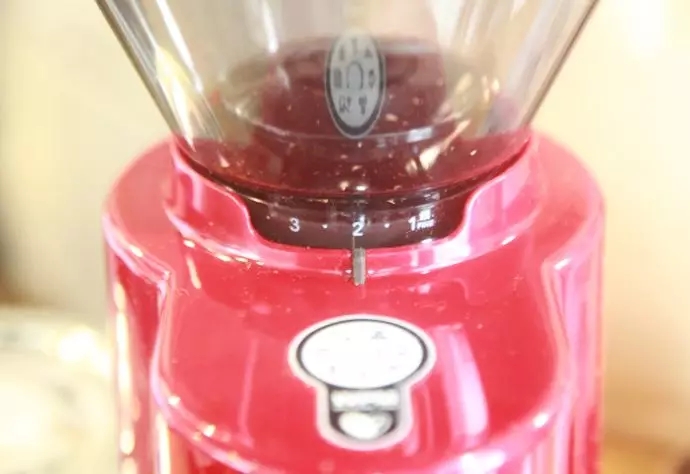
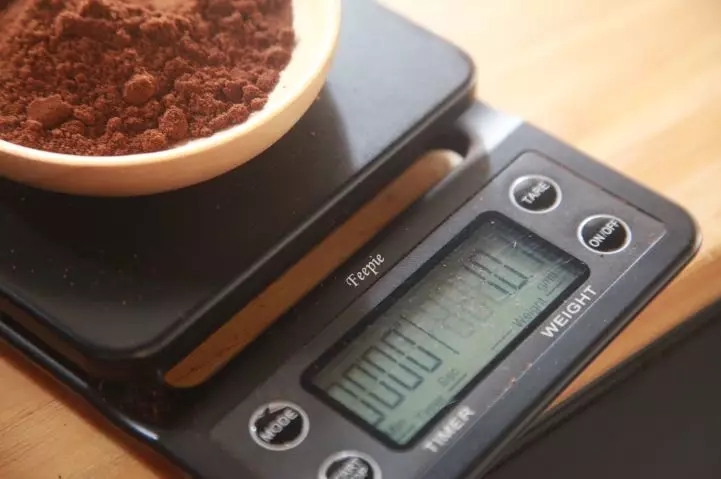
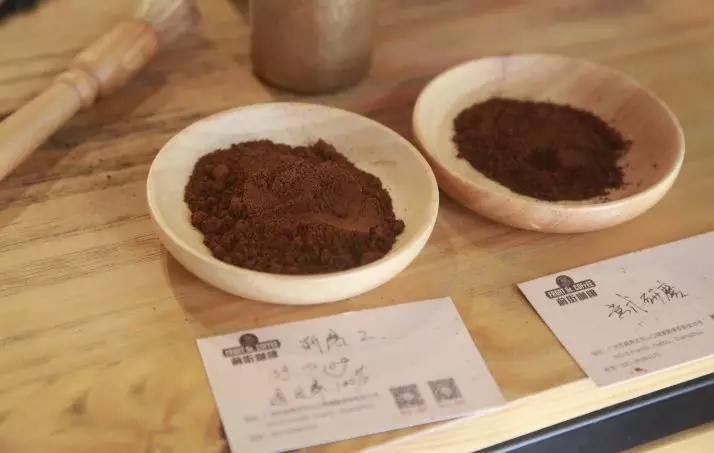
Grindability 2: 10g powder all pass, pass rate 100%. It feels like flour, like pasta. Some people may ask, why not use a grinding degree of 1? Because the obvious collision sound of the cutter head can be heard when the torque is 1, it is already completely tightened, so the small editor chooses the grinding degree of 2 to test;
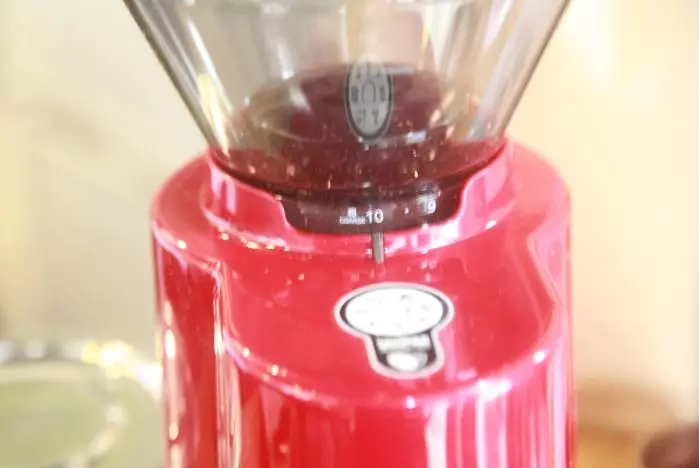
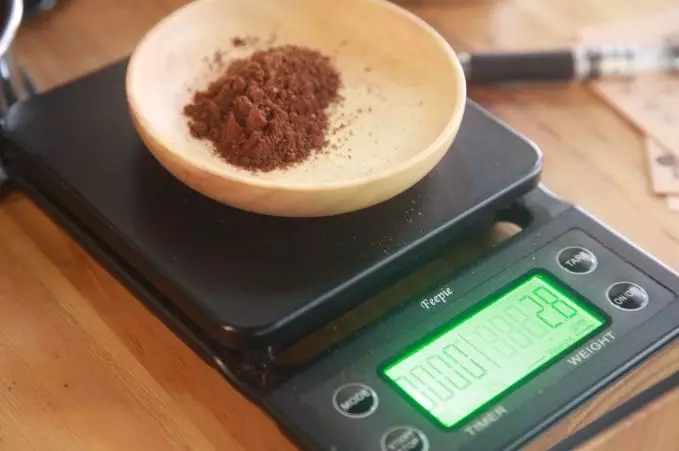
Abrasion 10:10 g powder passes 2.8 g, the pass rate is 28%.
So Xiaobian chose the middle scale to test:
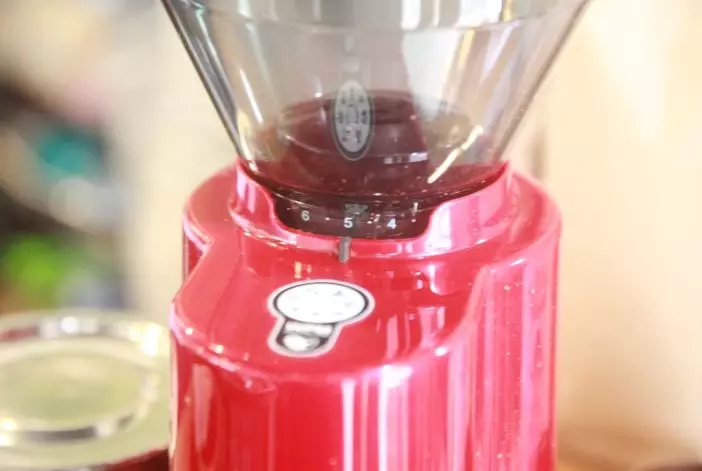
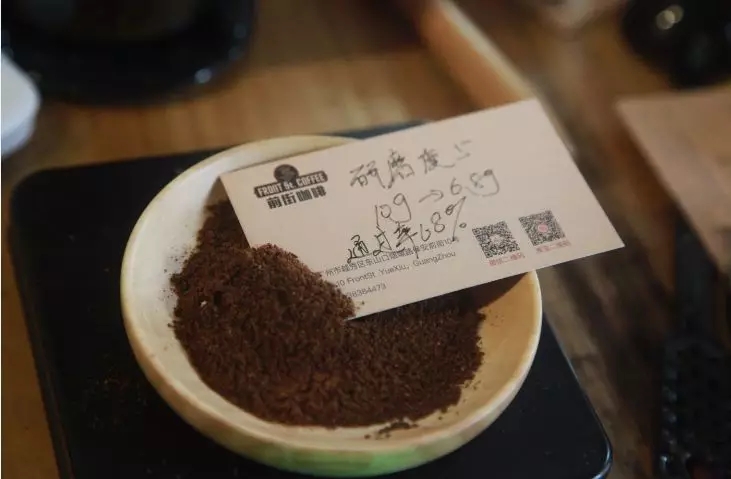
Abrasion 5: 10g powder pass 6.8g, pass rate is 68%.
Compared with the grinding we usually use, it is finer, so Xiaobian tested the grinding degree 6:10 g powder through 5.4 g, the pass rate is 54%, which is quite close to the grinding degree we usually use for brewing.
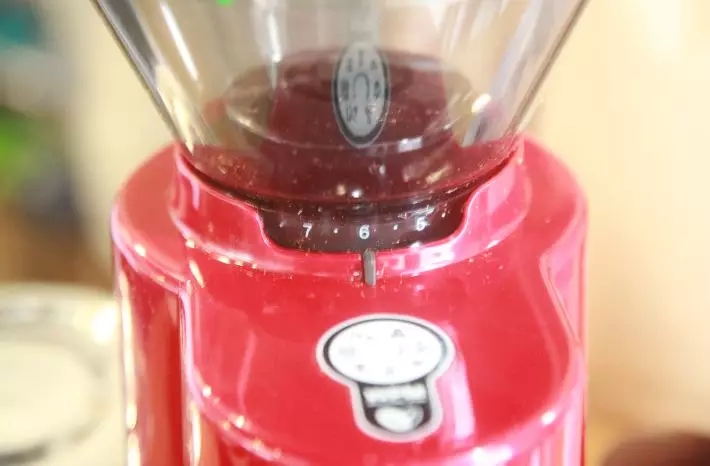
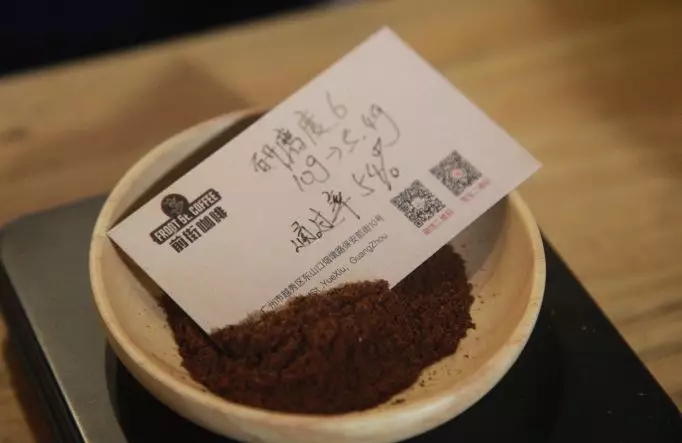
So we chose a grind of 6 to brew and see what the flavor would be like?
| the test brew
Xiaobian chose [Sidamo 90+ Candle] to test. In order to ensure the fairness of the experiment, we only changed the grinding, other parameters remained unchanged, the water temperature was 90℃, the powder-water ratio was 1:15, and the method was as consistent as possible. In order to reduce the error, Xiaobian and colleagues rushed twice each.
ETHIOPIA,SIDAMO,Drima Zede
Sidama·Ninety + Candle Light
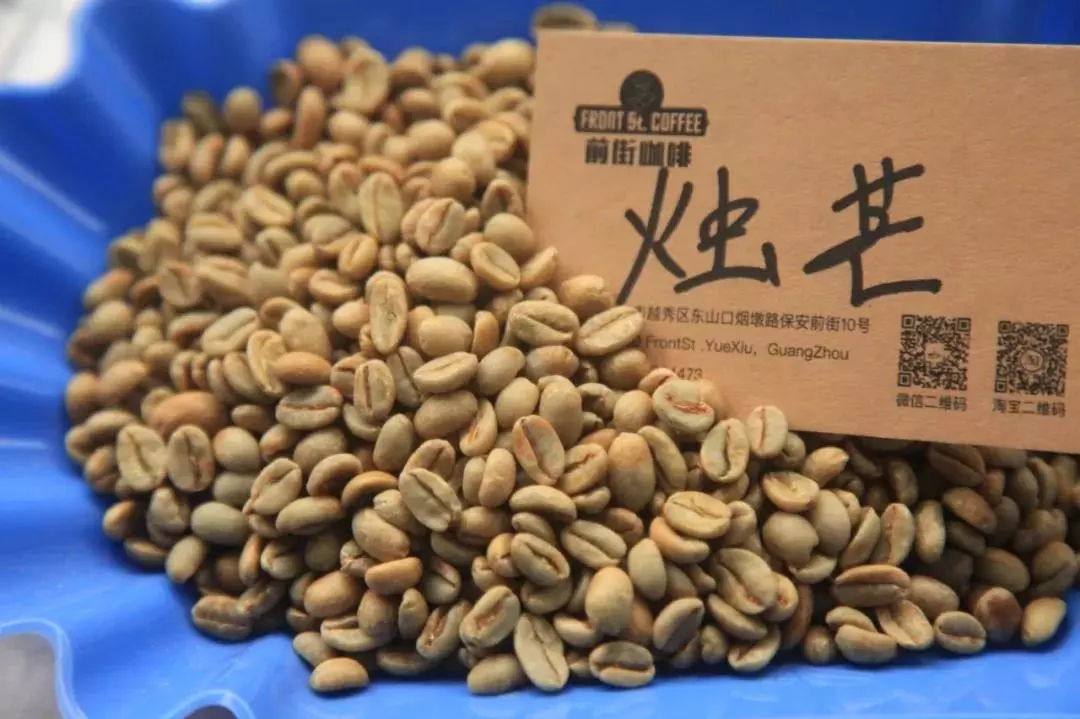
Country: Ethiopia
Production area: 90+SNNP, Sidama
Elevation: 1750-2000 m
Treatment: Natural Process
Native species: Ethiopian Heirloom
Degree of baking: Light baking
Parameters: water temperature 90℃, ratio of powder to water 1:15, grinding: Huijia ZD-10 6, extraction time 1 56"
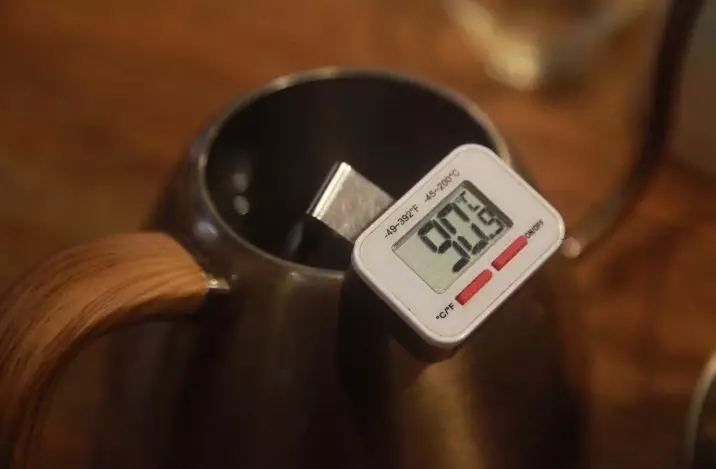
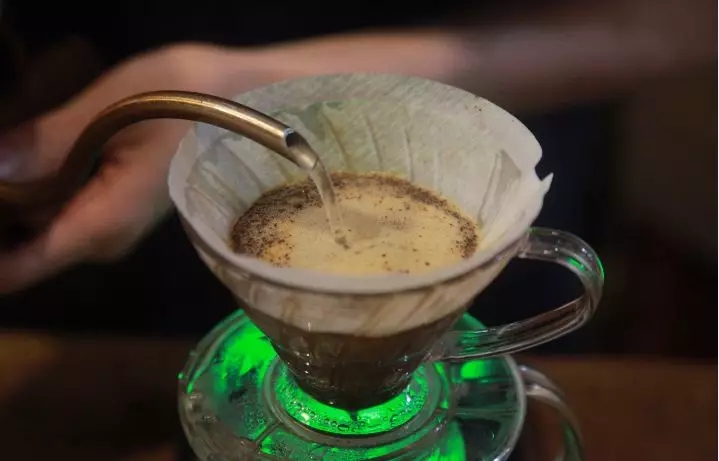
Technique: 30 grams of water steams for 30 seconds, 125 grams in sections, when the water level drops to expose the powder bed, continue to inject water to 225 grams to finish brewing, when the water level drops to expose the powder bed, remove the filter cup.
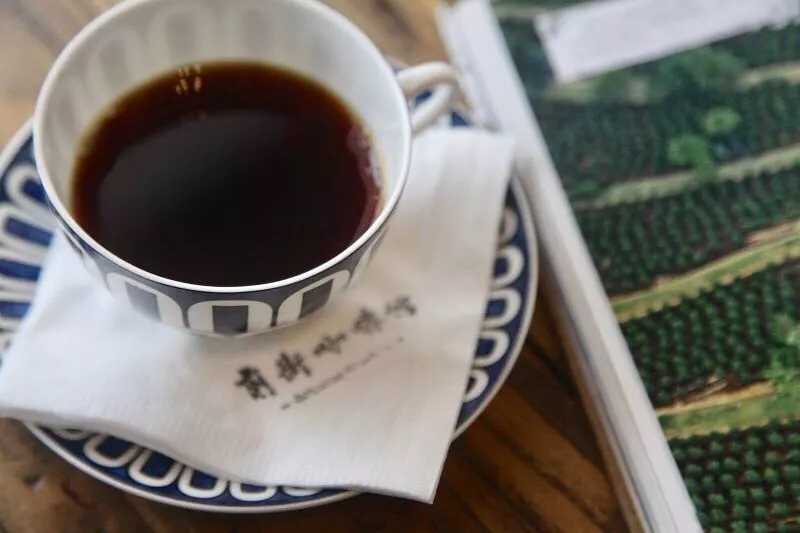
Flavor: Round and clean on the palate, with tropical fruit, mango, blueberry sour notes, slightly cocoa sweet, sugar sweet and persistent.
Generally, we adjust the grinding degree of the bean grinder by first looking at the sieve passing rate of the finest grinding and the coarsest grinding, and then taking an intermediate value to make fine adjustments. If there is no sieve at home, then only the most intuitive way is to taste the brewed coffee flavor.
Important Notice :
前街咖啡 FrontStreet Coffee has moved to new addredd:
FrontStreet Coffee Address: 315,Donghua East Road,GuangZhou
Tel:020 38364473
- Prev
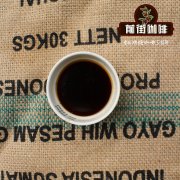
Huijia coffee grinder zd-10 and 900N related parameters, price, which is better than the price
Professional coffee knowledge exchange more coffee bean information please pay attention to the coffee workshop (Wechat official account cafe_style) the gap between Huijia coffee grinder zd-10 and 900N, and the related parameters, price, which is higher than the red is Huijia zd-10, the price is around 450black is Encore, and the price is around 880. there is also a Mahlkonig EK-43 (the name is hard to remember.
- Next
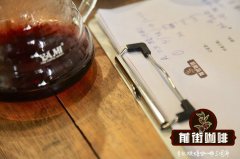
Coffee grinder cone grinding knife plate and grinding knife plate, what is the difference in the flavor of brewed coffee?
Professional coffee knowledge exchange more coffee bean information Please follow the coffee workshop (Wechat official account cafe_style) yesterday talked about how to grind the newly bought bean grinder. Today we have a comparison between the Hui family's ZD-10 and the usual bean grinder Forte-BG. Further confirm the degree of grinding and correct the grinding. Bean grinders can be divided into flat knives, conical knives and
Related
- What is the Philharmonic pressure? How to use Philharmonic pressure to make delicious coffee
- Why does a hand grinder have more fine powder than an electric grinder?
- In addition to the hot mom, what is the difference between the versions of EK43 | ditting and Mahdi ek43?
- What kind of equipment do you need to make coffee by hand? Introduction to novice starter cooking equipment tools
- Espresso needs to be ground how thick and thin scale entry Italian Coffee Machine Bean Grinder investigation and Grinding course
- How much does it cost to open a small private cafe? How much does it cost to learn coffee? How to operate it?
- The difference between the flavor characteristics of hand-brewed coffee and coffee maker is hand-brewed coffee really better than coffee maker? Can I use a coffee machine to make coffee beans by hand?
- The difference between 01 and 02 of hario v60 filter cup what is the difference between 01 and 02 filter cup opening and cooking flavor
- What's the difference between the smart cup and the French kettle? Which is better, the French kettle or the Smart Cup?
- What's the difference between a smart cup and a V60 filter cup? The difference between the taste of smart cup and hand-brewed coffee

